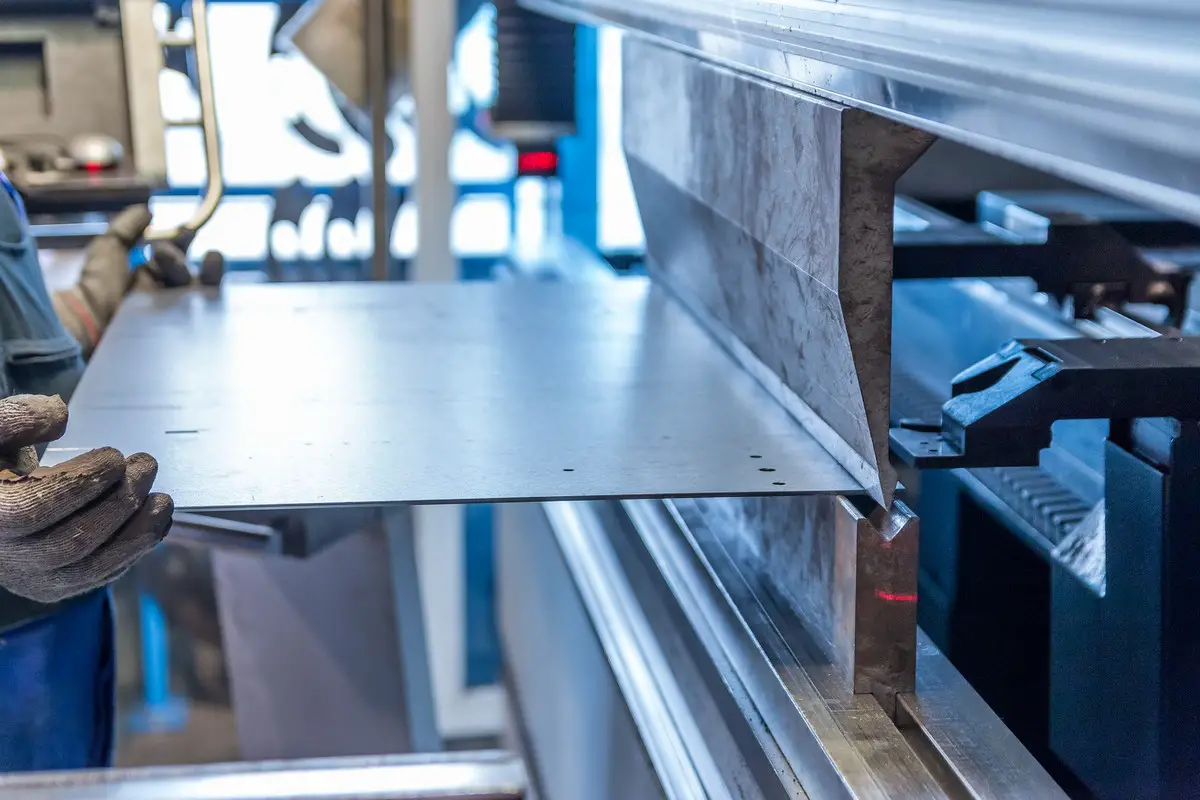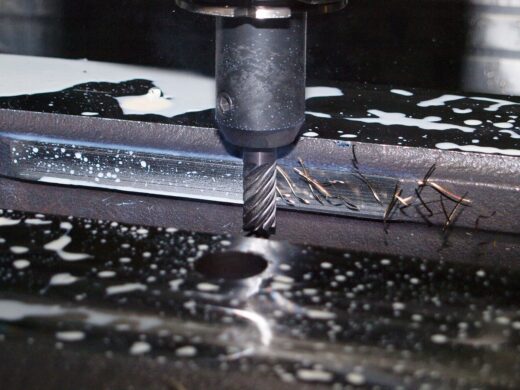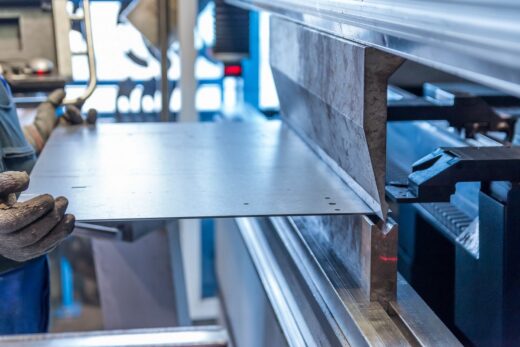Guide to CNC machining and its purposes, Cutting wood and metal, Computer numerical control tips, Gantry systems advice
The Complete Guide on CNC Machining and its Purposes
11 March 2022
CNC machining might be the right career if you enjoy working with machines. It’s a fun way to work with your hands and create valuable products for people worldwide.
Although it sounds complicated, CNC is short for “computer numerical control.” The computer numerical control designation comes from the manufacturing process involving computers taking instructions from a program and telling other machines what to do.
This means that an experienced CNC machinist can produce high-quality results quickly because there are no mistakes made when interpreting instructions, making this kind of manufacturing process more efficient than manual methods of creating goods.
Machines are called gantry systems to allow workers to sit down while operating the equipment, making this an excellent option for people with physical limitations.
As an entry-level CNC machinist, you will work to set up machines, adjust them to ready-to-produce products and perform quality control tests on material produced by these machines. You’ll probably receive training in safety procedures and how to read blueprints before starting your job.
What Does CNC mean?
CNC is the acronym for computer numerical control or computer-automated manufacturing process that allows a machine or a factory full of machines to be controlled by a single device that goes through step-by-step instructions from a computer program much faster than any person ever could. It’s basically like automating the entire production line!
The acronym “CNC” is most often used for systems that use computer-generated code to control the manufacture of machine products.
What is a CNC Machine?
While CNC machining offers unparalleled precision in manufacturing, integrating robotic technology such as automated CNC milling robots introduces a new layer of efficiency and accuracy. For those considering the leap into automation, understanding how to select the right CNC milling robot selection is crucial for optimizing production capabilities.
A computer numerical control machine, or CNC machine, is a machine that uses software to control the movement of its tools and create objects out of metal, plastic, or other materials. With a CNC machine, you can create anything from simple shapes to very complex objects with great precision.
CNC machines have exploded in popularity in recent years because they allow users to create things quickly and easily that would be difficult or impossible to make by hand. You can also save money by creating your parts and pieces with a CNC machine rather than purchasing them from a store.
CNC machine models range from small and basic to large and complex, and they can be used in a wide variety of different industries.
Which is Better? CNC or 3D Printing?
There is no easy answer to this question, as it depends on the specific needs of the individual or business. CNC machining can be more expensive and time-consuming than 3D printing, but it also has a higher degree of precision and can create more complex shapes.
3D printing is often less expensive and faster than CNC machining, but it is not always accurate or reliable.
CNC machining is better for larger or more complex parts, while 3D printing is better for smaller or simpler parts. However, there are many cases where both technologies can be used successfully, so it is essential to consult with a specialist to choose the best option for each project.
What Do CNC Machinists Do?
CNC machinists use computer-controlled machines to produce precision metal parts. They work with various metals, including aluminium, brass, steel, and titanium. CNC machinists must-read engineering drawings and blueprints to understand the specifications of the parts they are making.
They use various tools and equipment, including lathes, mills, drills, and grinders, to create each part’s desired shape and size.
CNC machinists must work carefully and precisely to produce high-quality parts. They must also have a good understanding of mathematics to calculate each part’s dimensions accurately. Attention to detail is essential in this profession, as small mistakes can lead to unusable or unsafe parts.
How Much Do CNC Machinists Make?
The salary for a CNC machinist can vary depending on the level of experience and education that the machinist has. However, the average salary for a CNC machinist is around $50,000 per year.
Some of the factors that can affect a CNC machinist’s salary include the type of company they work for, their skill level, and their geographic location.
CNC machinists who have more experience or higher levels of education often make more money than those who do not.
Manufacturing companies in larger metropolitan areas often pay more than companies in rural areas. And companies that specialise in high-tech manufacturing or aerospace often pay more than companies that do not.
Who is a Fit for a Career in CNC Machining?
CNC machinists typically need to be dexterous to operate the machines and tools used during the manufacturing process. They should also pay attention to detail, as small mistakes can lead to unusable or unsafe parts.
Many machinists work on teams that include technicians and drafters who create engineering drawings and blueprints that show how the final product will look when all of its pieces are combined.
These groups may be very collaborative, with many team members working together throughout the production process. Therefore, CNC machinists need to communicate effectively and work well with others to produce high-quality parts promptly.
How to Become a CNC Machinist
A career in CNC machining typically begins with an apprenticeship or other postsecondary training program, which usually takes two years to complete. Some employers may require applicants who lack the formal training to have several years of hands-on experience in the field.
Online programs are also available for those who wish to become skilled machinists without attending traditional classes. Many high schools and community colleges offer courses in metalworking that teach students the basics of working with machine tools and creating precision metal parts.
These courses can help individuals decide whether this is the right career before investing time and money into specialised training or education. Whether you choose to pursue a certificate or degree program in machining, the most important qualities that employers look for in their employees are dependability and attention to detail.
Guide to CNC Machining and its purposes Conclusion
CNC machinists use computer-controlled machines to produce precision metal parts for various industries. They work with various metals, including aluminium, brass, steel, and titanium.
CNC machinists must read engineering drawings and blueprints to understand the specifications of the parts they are making and use various tools and equipment such as lathes, mills, drills, and grinders to cut and shape each part accordingly.
Their responsibilities include CNC cutting wood and metal pieces out of larger sheets, assembling products, measuring parts using graphs, changing machine settings, and programming parts into computer numerical control (CNC) machines. This profession requires excellent attention to detail, as small mistakes can lead to unusable or unsafe parts.
Comments on this guide to CNC machining and its purposes article are welcome.
CNC Wood Routing Work
Woodworking Posts
How to plunge cut with a fixed base router
CNC designed architectural interiors with wood routing
Ultimate Guide to CNC Process for Architectural Work
Property Articles
Residential Architecture
Comments / photos for the Guide to CNC Machining and its purposes page welcome








